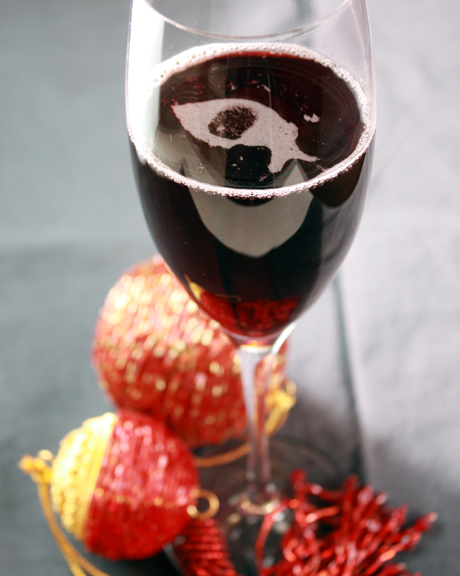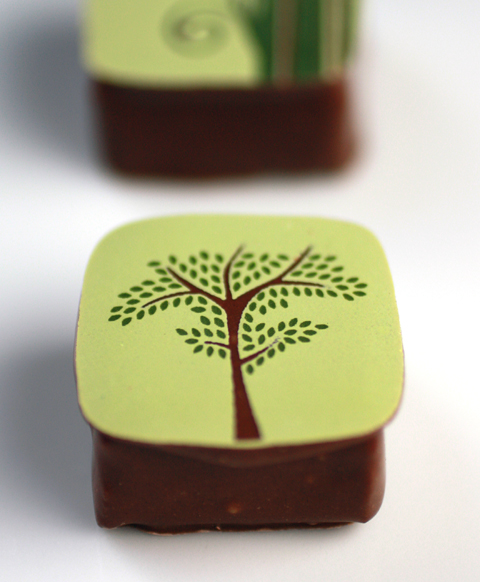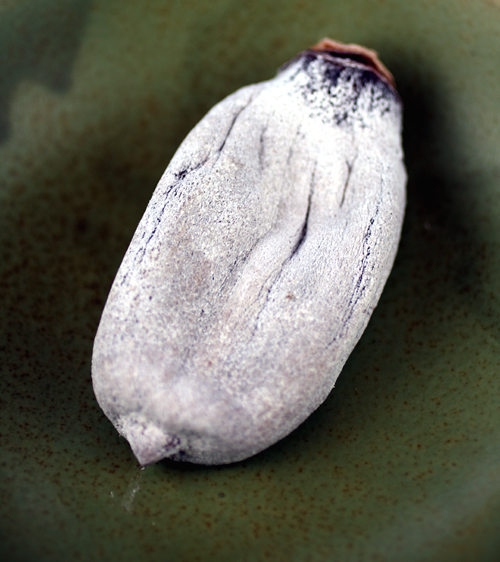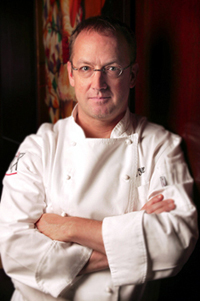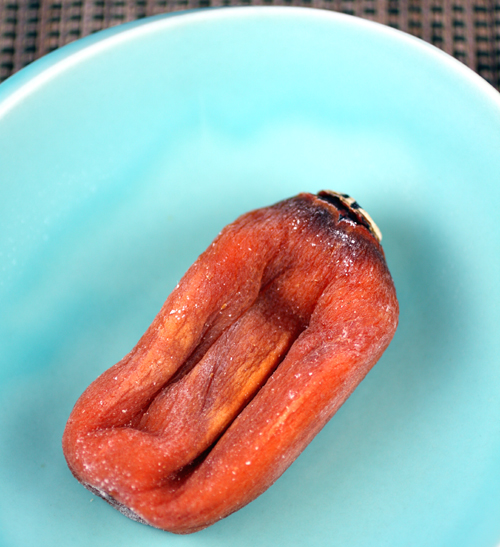
I’ve been on many a wine-tasting tour in the Napa Valley.
But recently, I had the pleasure of enjoying a very special one.
Just what made it so memorable? It was the fact that my 22-year-old niece tagged along with me for what was not only her first trip to Napa, but her first time touring a winery.
Noodle Niece, as she so requested to be called because of her fondness for udon, ramen and all things pasta, developed a growing curiosity about wine after spending a college semester studying in France. Since her parents are not vino drinkers, my husband (aka Meat Boy) and I decided it was our duty to introduce her to the delights of the Napa Valley.
What a fun time it was, too. There’s something wondrous about getting to experience the familiar anew again. And there’s something downright delightful about catching a glimpse as someone’s face changes from nonchalance to “Wow!” when they discover tastes they’ve never had before.
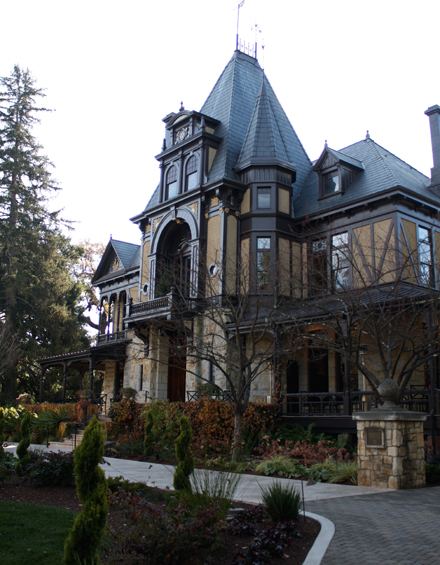
With Meat Boy the designated driver, Noodle Niece and I piled into the car on a sunny but chilly afternoon for the drive to Napa to visit Beringer Vineyards. Meat Boy’s good friend, who works for Beringer, had arranged for us to enjoy a private tour and tasting (normally $35 per person).
We thought Noodle Niece would find Beringer especially interesting, because it is the oldest continuously operating winery in the Napa Valley and is designated a Historic District on the National Register of Historic Places. Indeed, Beringer even continued to operate legally during Prohibition, according to our cordial guide, Michael. Apparently, a lot of doctors and priests were using Beringer wine back then for medicinal and religious purposes. Uh-huh.
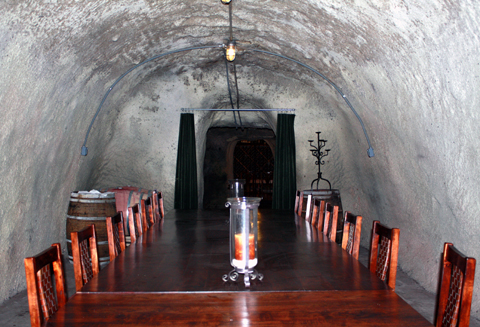
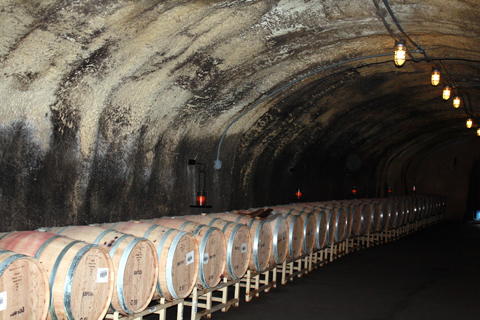
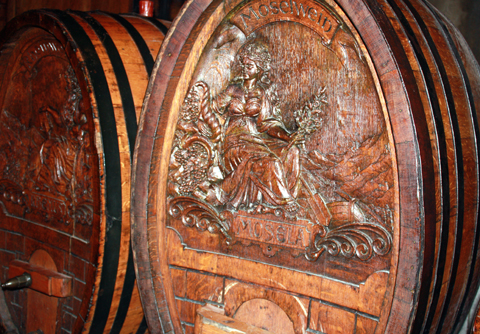
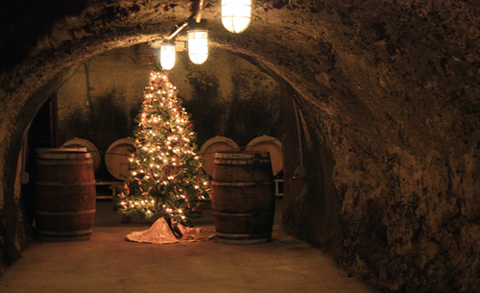
Established in 1876, Beringer also boasts an extraordinary 1,200 linear feet of aging caves that naturally help keep the wines at 58 to 60 degrees year-round with a humidity level of 75 to 80 percent. The caves were hand-chiseled by Chinese laborers who also built the Trans-Continental Railroad. Look closely, and you’ll see the actual pick marks.
Read more
